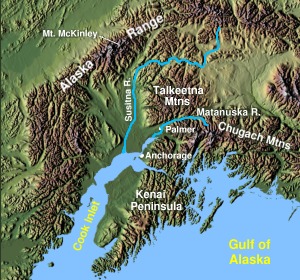Susitna River
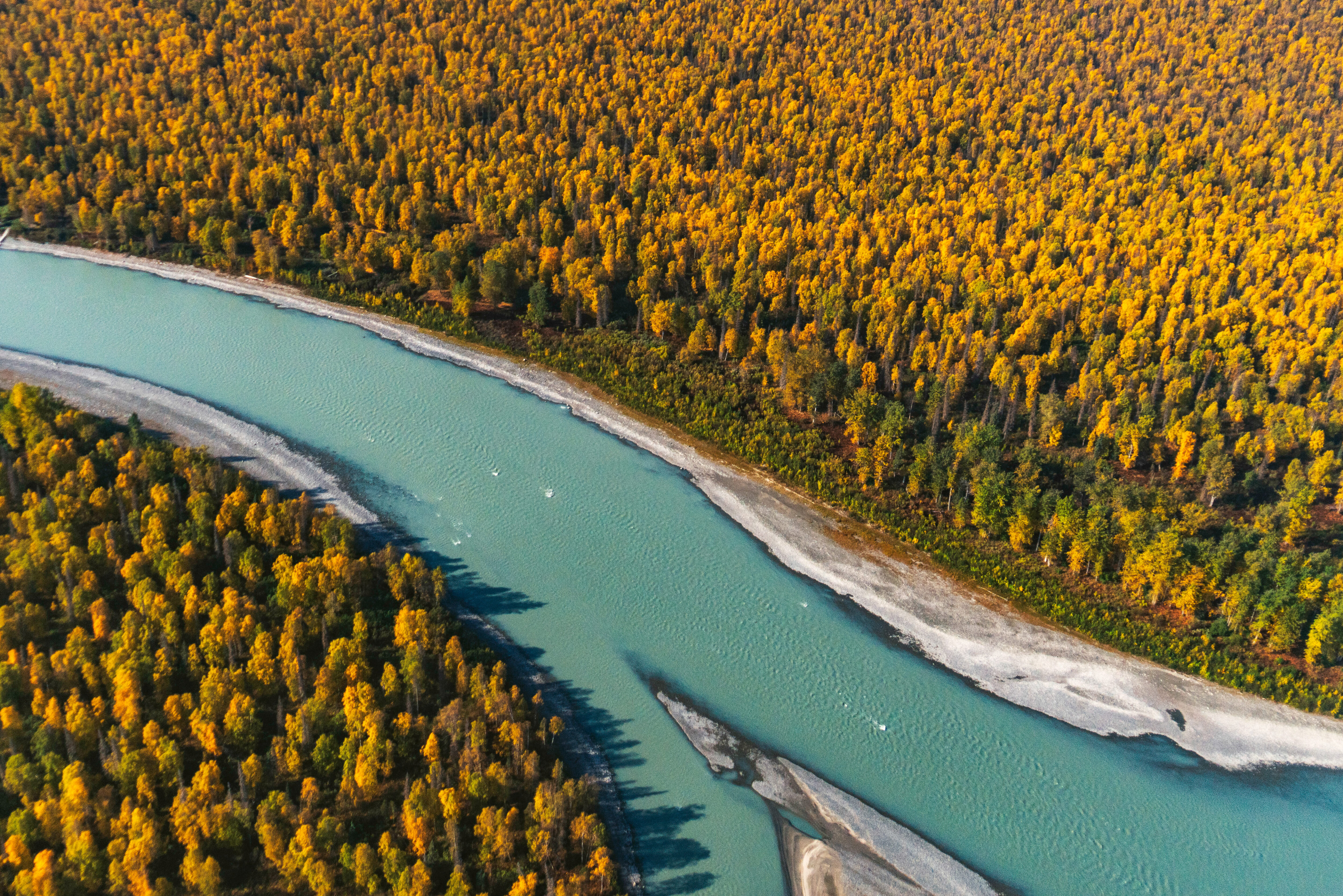
Alaska’s mighty Susitna River is one of the longest, most pristine rivers in the nation. From its glacial headwaters in the Alaska Range, the Susitna flows more than 300 miles south, touching portions of Denali National Park before reaching Cook Inlet.
The surrounding watershed spans more than 20,000 square miles—nearly the size of West Virginia. This massive area supports five species of Pacific Salmon and populations of other essential wildlife, including moose, black bear, and grizzlies.
The Susitna River flows through tribal lands, playing a critical role for Alaska Native community members who depend on salmon harvesting for their culture and diet. The river contributes to millions of dollars in annual revenue generated by fishing, hunting, tourism, recreation, and other activities.
Major tributaries of the Susitna, including the Talachulitna, Deshka, and Yentna rivers, further sustain the region by contributing to the biodiversity that underpins local economies.
More than 375,000 people visit this region annually, with many coming to experience the Susitna River’s unspoiled landscapes.
America’s Most Endangered Rivers®
The Susitna River was named as one of America’s Most Endangered Rivers of 2025®. The Susitna River is one of the most pristine rivers in the United States and supports the fastest-growing population in the state of Alaska. Home to an abundance of fish and wildlife, the river plays an important role for Alaska Native communities and also powers a strong economy dependent on the renewable resources of fishing and hunting. But the construction of an industrial access road to allow for mining and oil and gas development threatens the area’s natural wealth and all who benefit from a healthy river. We must halt federal funding and expedited permitting for this deceptive, destructive road project and protect the Susitna’s irreplaceable fisheries, water quality, and communities.
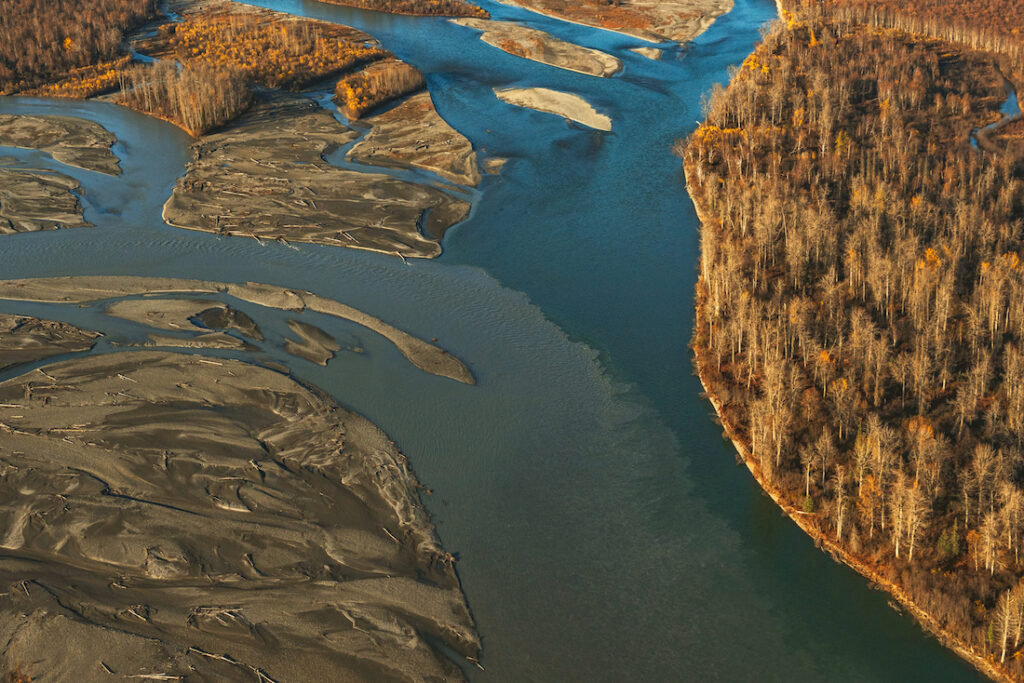
Protect the Susitna River
Tell the Army Corps of Engineers to deny all permits under the Clean Water Act and reject any federal funding for road construction to protect the river’s fish and wildlife.
The Threat
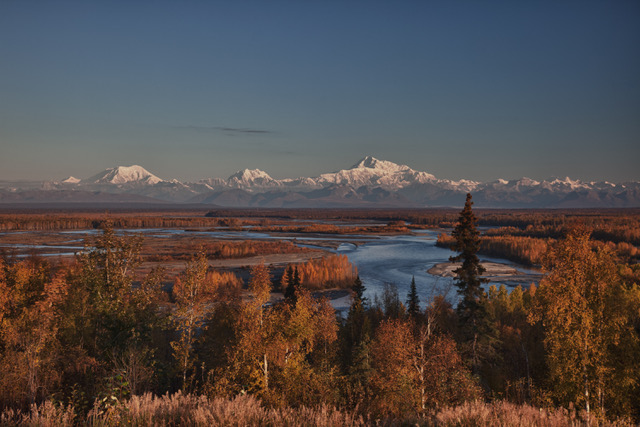
The State of Alaska and private companies are proposing to construct a 100-mile road to open areas of the currently roadless Susitna River watershed to destructive industrial activity, including mining and oil and gas exploration. The proposed West Susitna Industrial Access Road would cross approximately 180 streams, impacting fishing, hunting, and wildlife habitat. Subsequent mining and oil and gas activities would risk contaminating the river. The river’s abundant fish and terrestrial wildlife—from salmon to iconic predators, including brown bears, wolves, and lynx, as well as large herbivores, such as moose and Dall sheep—would suffer further from habitat loss and fragmentation.
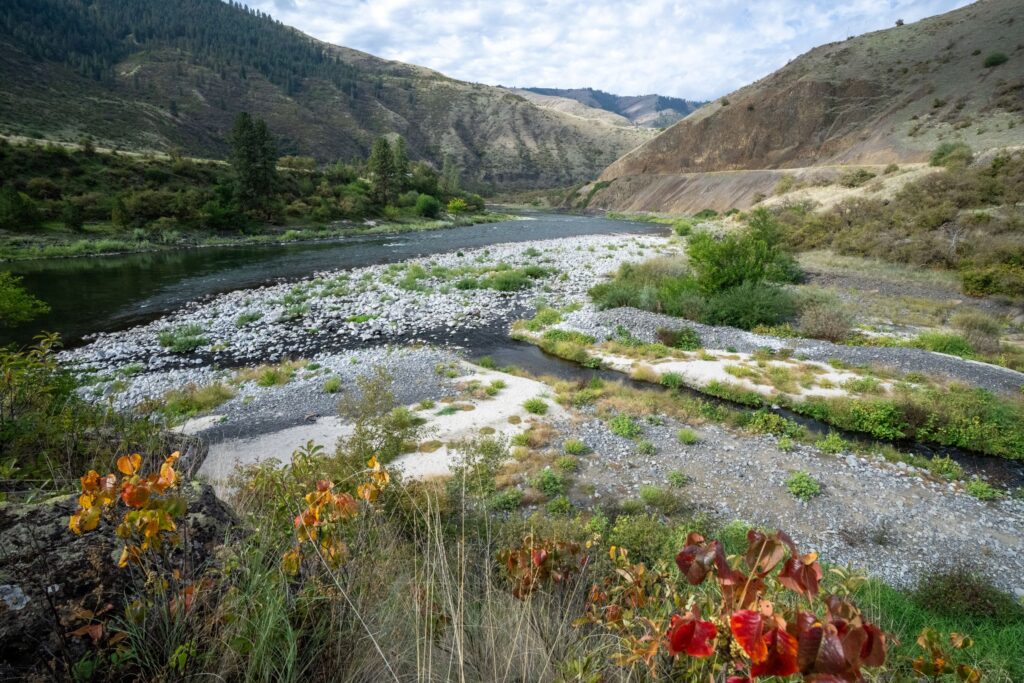
Let's stay in touch!
We’re hard at work in the Pacific Northwest for rivers and clean water. Sign up to get the most important news affecting your water and rivers delivered right to your inbox.

